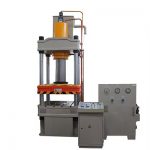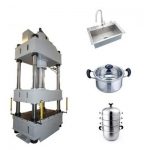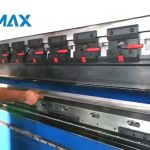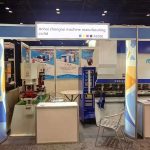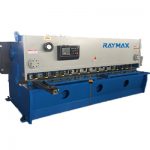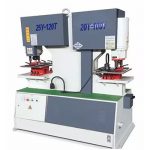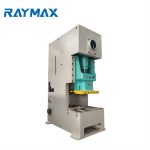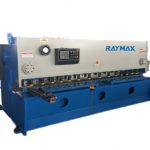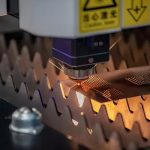With the development of the manufacturing industry, the development of the hydraulic shearing machine has increasingly become the mainstay of the machinery manufacturing industry, but there are also some problems in actual operation, depending on how to deal with them.
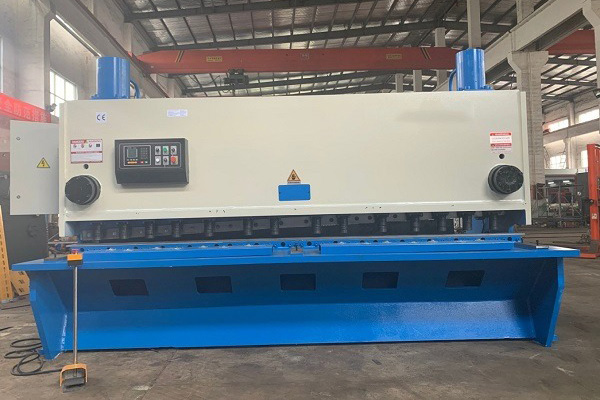
Common failures of hydraulic shearing machine
Fault 1: The oil pump is too noisy
Method of exclusion
1. The oil suction resistance of the oil pump is too large, check the oil suction pipe and remove the blockage.
2. The oil number is too low, replace the hydraulic oil with a higher oil number.
3. The oil viscosity is too high, change the working oil.
4. The gap between the end face of the pump shaft and the motor shaft is small, adjust the shaft end gap.
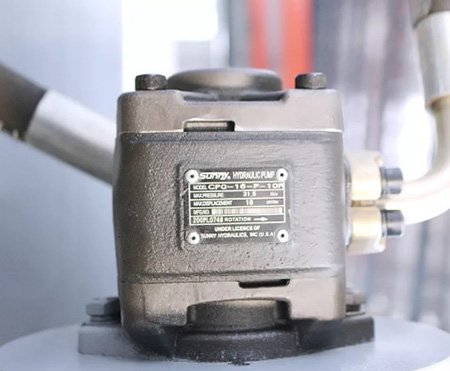
Fault 2: Oil temperature is too high
Method of exclusion
1. The internal leakage of the oil pump is too large. Check the oil pump.
2. The oil return pipe of the oil pump is blocked or not unblocked. The oil viscosity is too high to repair the oil return pipe, replace or reduce the oil viscosity.
3. The oil pump is damaged, replace it with a new one.
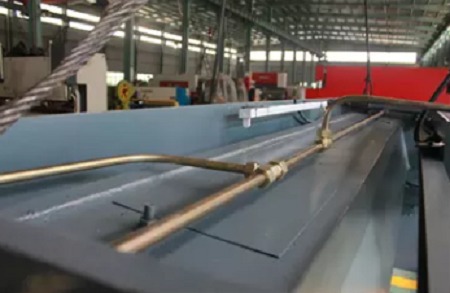
Fault 3: Leakage in the air release valve
Method of exclusion:
1. Dismantling and inspecting the tight sealing of the conical surface of the release valve.
2. Repair or replace the air release valve.
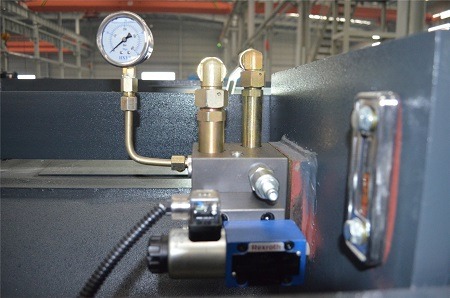
Failure 4: The orifice is congested, and the system has no main pressure relief valve failure
Method of exclusion:
Cleaning, grinding, debugging, checking, repairing, or replacing the overflow valve.
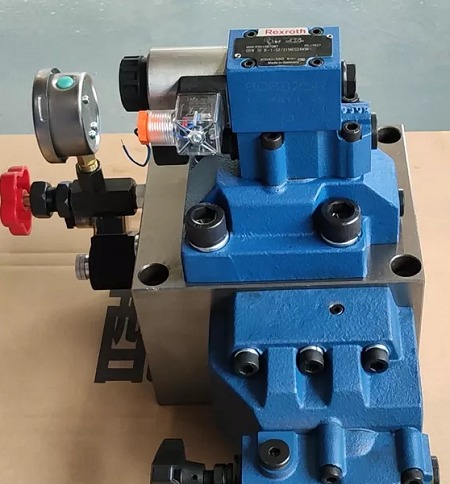
Maintenance of oil system
1. The oil temperature of the hydraulic shearing machine is too high, and the internal leakage of the pump increases, and the flow rate is not enough. Try to reduce the oil temperature.
2. The hydraulic sheet metal hydraulic shearing machine caused large leakage due to other hydraulic components in the system, which was mistaken for insufficient output flow of the pump. It can be dealt with separately based on analyzing the reasons, not just the pump.
Special attention: The method to judge that the pump output is insufficient due to large leakage in the pump can be to disassemble the pump drain pipe, visually observe whether the drain volume and drain pressure are large, and then disassemble the pump for inspection and repair after confirmation because the plunger pump is removed and repaired not easy.
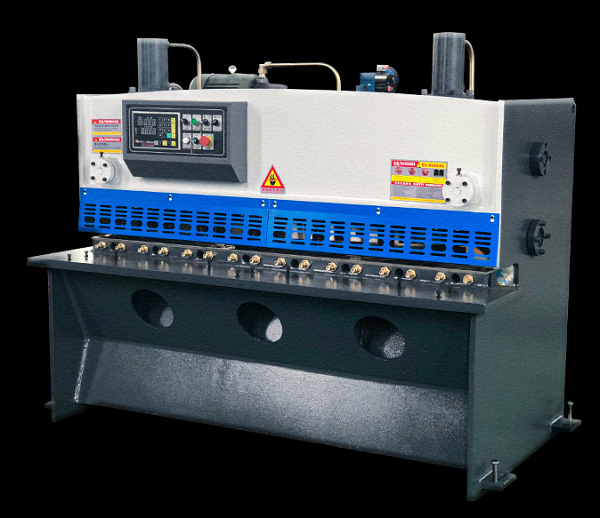
3. The sliding mating surface between the plunger of the hydraulic shearing machine and the cylinder bore is worn or strained into an axial through the groove, which increases the fit-gap between the plunger and the cylinder bore, causing pressure oil to leak to the pump through this gap. The internal cavity (lead out from the drainpipe) increases the internal leakage and causes insufficient output flow. It can be repaired by galvanizing the outer edge of the plunger, replacing the plunger, or researching and matching the plunger and the cylinder body to ensure that the fit-gap between the two is within the specified range.
4. For hydraulic shearing machine, there are many possibilities for variable axial plunger pumps (including light plunger pumps): if the pressure is not too high and the output flow is not enough, it is mostly due to internal friction and other reasons that the variable mechanism cannot reach. The extreme position causes the deflection angle of the swash plate to be too small; when the pressure is high, it may be caused by adjustment errors. At this time, the variable piston and variable head can be adjusted or reassembled to make them move freely and correct the adjustment error.
5. When the hydraulic shearing machine is reassembled after disassembly and repair, the two holes of the oil distribution plate are aligned with the positioning pins installed on the pump cover, so they are mutually resisted, and the oil distribution plate and the cylinder body cannot be fitted together, causing the high and low-pressure oil to communicate with each other can't get oil. When assembling, look for the direction and align the pin holes so that the positioning pin is completely inserted into the pump cover and then into the oil distribution plate; besides, the positioning pin is too long and does not fit well.
6. If the tightening screw is not tightened, the cylinder block is skewed by the radial force of the cylinder body, a mold gap is generated between the cylinder block and the oil distribution plate, the internal leakage increases, and the output flow is insufficient, so the tightening screw should be tightened gradually diagonally.

